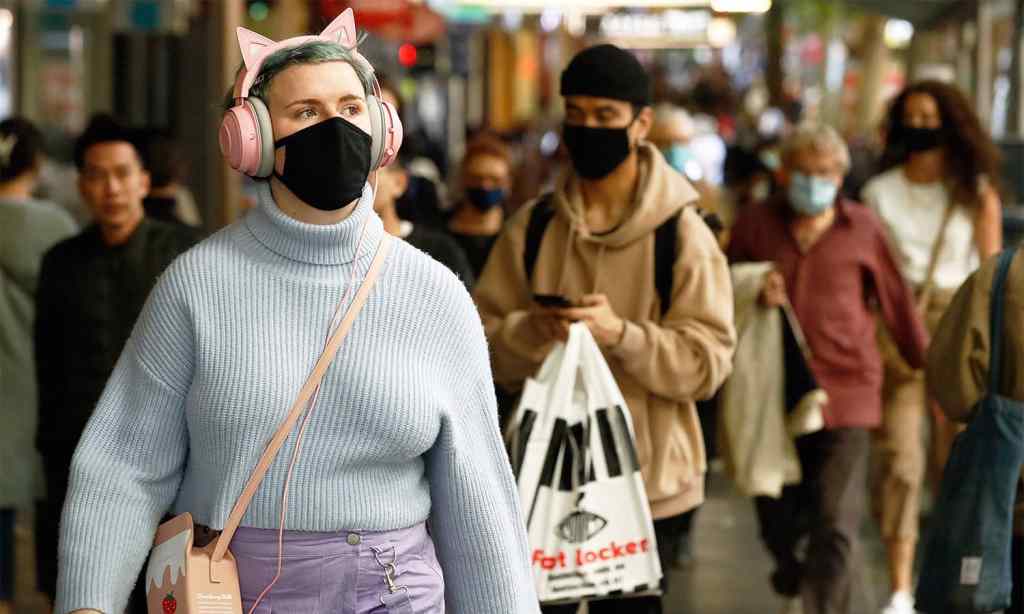Mask measures are likely to be needed in Australia for at least the next year, according to an epidemiologist.
With rising vaccine rates, Australia looks forward to opening up in the coming months. However, it’s likely that some measures will need to be kept in place in order to minimise the spread of COVID-19.
Cases are expected to rise as restrictions are relaxed, with hospitals bracing for a surge in patient numbers across key hotspot areas, however high vaccination rates should protect the vast majority of people from suffering serious illness.
Melbourne University epidemiologist Professor Tony Blakely has spoken to news.com.au to explain what measures will likely be kept in place as Australia opens up.
He explained that masks will likely be required “well until next year” and possibly well beyond.
There’s likely to be a “ventilation revolution” in Australia, with a big focus on improving airflow in buildings, including schools, as well as filtration systems to remove particles from the air. Not shaking hands and sanitising at work will also likely continue.
He also believes the people in large spaces like sports stadiums will need to be separated as much as possible if venues are not at capacity.
Modelling released by Melbourne University on Tuesday, September 21, revealed that 80% vaccination rates of all adults and children above the age of 12 would likely not be enough to scrap the need for lockdowns entirely.
This is consistent with the government’s four-phase re-opening strategy that cites the need for strategic, short-term lockdowns in local areas as a containment measure even beyond the 80% vaccination milestone.
Blakely said that other measures to control the virus could include rapid antigen testing to get immediate results of COVID status as well as more thorough contact tracing apps.
He said, however, that these solutions would likely not be able to be rolled out as quickly as we need them, and thus mask-wearing offers a cheap and effective solution to keeping the virus under control.
It’s unlikely that masks will need to be worn everywhere, Blakely said, with public transport, supermarkets, and other high-density indoor areas the probable targets of these measures.
The focus here will be an overall shift to more targeting COVID management with what he calls “smart masking” at the forefront.
Dr Michael Lydeamore, an infectious diseases research fellow from Monash University has said similar to Blakely, telling The Sydney Morning Herald that “Masks are probably here to stay.”
“They’re a relatively low-impost intervention that we know reduces transmission by some amount, and so, at least until we’re in a situation where we’re very confident we’re not going to have a big surge of cases, the masks are going to hang around in these closed settings,” he said.
While mask-wearing is not 100% effective in stopping the transmission of COVID, Australia’s Burnet Institute has found that masks contributed to a 20-30% reduction in the reproduction rate of the disease during Melbourne’s second wave last year.
Blakely said that small measures to keep the virus contained will have to remain for at least another 12 months, and possibly for another two to three years, so that people can enjoy other freedoms.
“It’s not because we are trying to eliminate [the virus] but these little things mean we can go to the pub more often and visit our friends more often,” he said.
“I would rather wear a mask to the supermarket if I can go and visit my family in New Zealand.
“It’s all about buying wiggle room to do more of the things we want to do.”
Read more stories from The Latch and subscribe to our email newsletter.







